Gameboy Advance Games Released 20 Years Ago
Zelda, Mario, Pokemon, Sonic, The Gameboy Advance Had It All 2004 was a golden age of portable gaming, particularly for the Gameboy Advance which saw the release of many classic […]
 Select-Start VG
Select-Start VG
Gaming Interviews | News | Reviews
Zelda, Mario, Pokemon, Sonic, The Gameboy Advance Had It All 2004 was a golden age of portable gaming, particularly for the Gameboy Advance which saw the release of many classic […]
2004 was a golden age of portable gaming, particularly for the Gameboy Advance which saw the release of many classic games. Features that added new gameplay elements and pushed the limits of the handhelds power. Here are the top 10 Game Boy Advance titles that were published in 2004. A year that was full of excitement and innovation for fans of portable gaming.
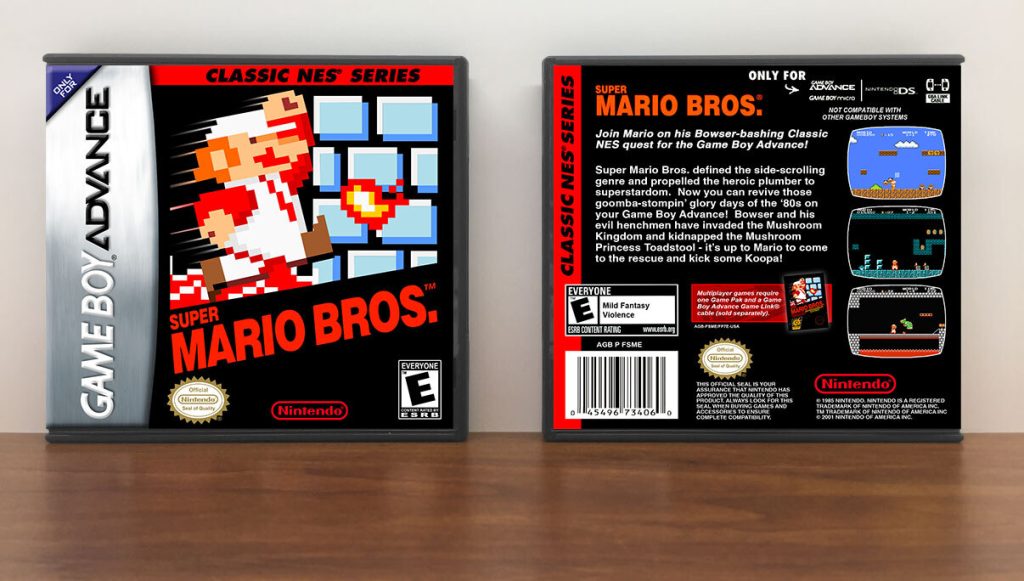
Nostalgia was king with the Classic NES Series, which brought beloved NES titles such as “Super Mario Bros.,” “The Legend of Zelda,” and “Metroid” back to life on the GBA. This series allowed a new generation of gamers to experience classic games on the go.
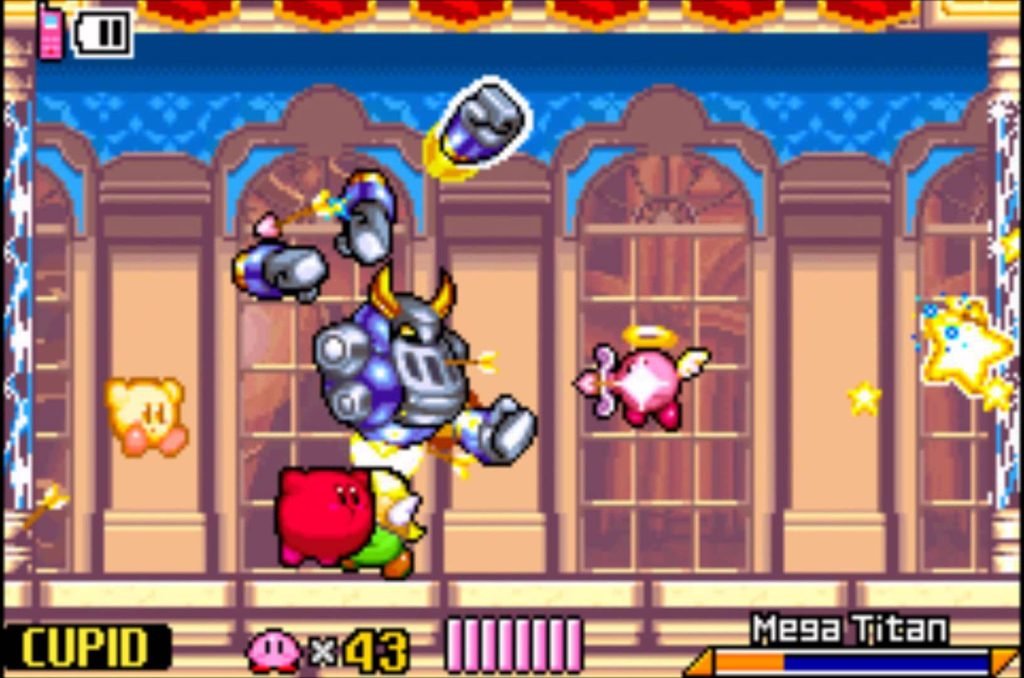
Unlike traditional Kirby games where levels are linear, this title featured a sprawling maze-like world that encouraged exploration and cooperation with multiple Kirby’s in a multiplayer mode. Its innovative gameplay and the ability to call on fellow Kirby’s with the Game Boy Advance’s link cable made it a standout title.
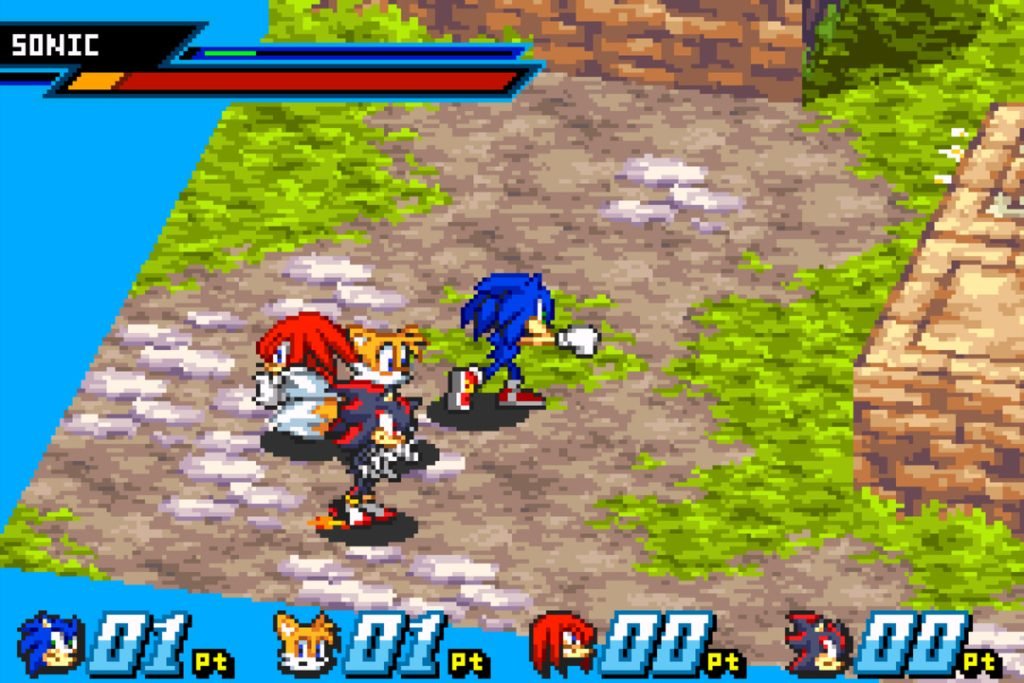
This fighting game brought something new to the Sonic universe, focusing on arena battles that could be enjoyed with up to four players via the GBA’s link capabilities. With a robust roster of characters and a unique engaging story mode, Sonic Battle stood out as a fun and interesting experience in the Sonic franchise.
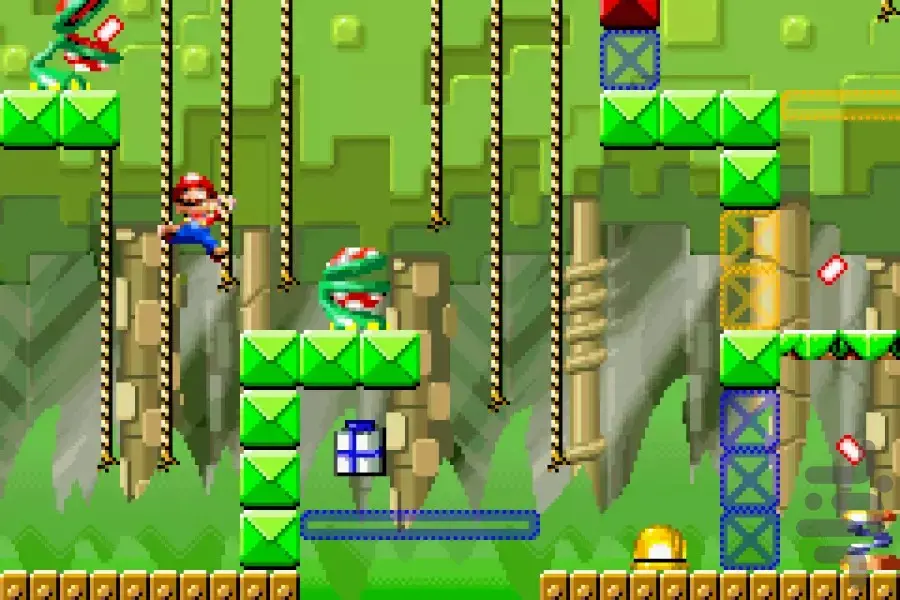
A sequel to the original Gameboy game Donkey Kong 94, this game combines puzzle-solving with platforming. The mechanics were based on the arcade original Donkey Kong but enhanced with a modern twist. Saving the mini Mario toys from Donkey Kong making it a captivating challenge for all players alike.

Continuing the darker and more intense storyline of the Mega Man Zero series, the third installment introduced new gameplay elements and refined mechanics. Including the addition of “Cyber-elves” which affect gameplay and story outcomes, providing a deeper and more customizable experience.

The blue blur had a successful series on the GBA, spawning a trilogy and multiple spinoffs. Sonic Advance 3 added a tag-team mechanic to the classic Sonic formula. This allowed players to pair different characters for unique abilities, adding depth and replay value. The game’s colourful stages and fast-paced gameplay upheld the series’ reputation for speed and fun.
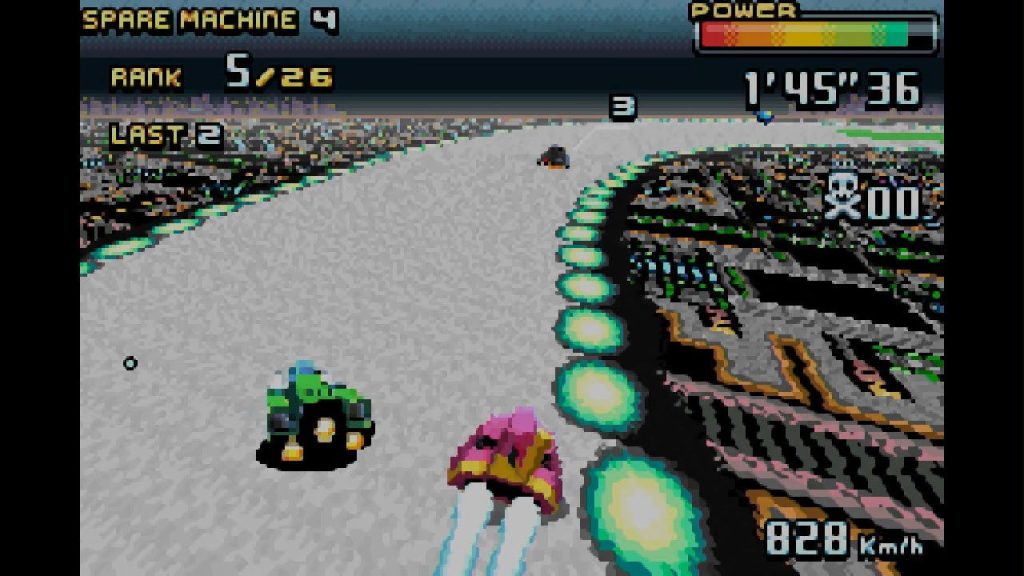
Based on the anime of the same name, F-Zero: GP Legend offered fast-paced racing with a deep roster of characters and vehicles. Along with a variety of modes including a story mode that added depth to the universe of this high-speed racing franchise.

These games brought players back to the Kanto region with enhanced graphics and updated mechanics. As remakes of the original Pokémon Red and Blue, they struck a perfect balance of nostalgia and modern enhancements, including compatibility with the Game Boy Advance Wireless Adapter for trading and battling.

A remake done right, “Metroid: Zero Mission” revisited the story of the original “Metroid” with vastly improved graphics, new areas, and refined gameplay. It provided both newcomers and veterans a way to experience Samus’s early adventures in a new light, and is often cited as one of the best ways to enter this iconic series.
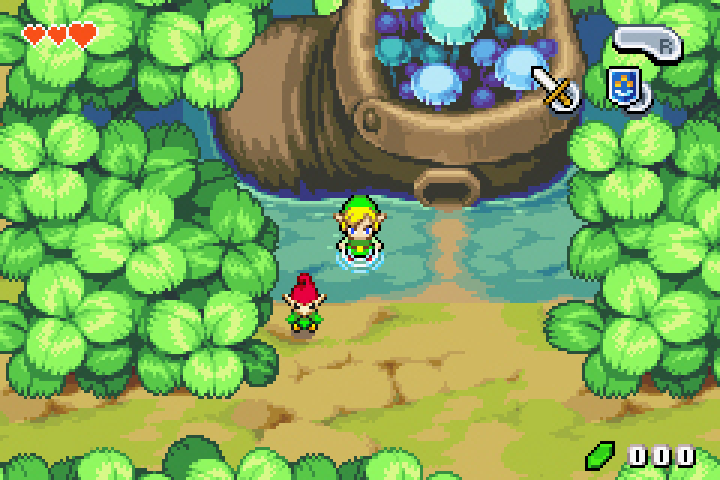
Taking the top spot, The Legend of Zelda: The Minish Cap delighted fans with its charming graphics and inventive gameplay. Link’s ability to shrink and explore the microscopic world of the Minish was not only unique but also expanded the typical gameplay dynamics of Zelda games, making it a fresh and compelling portable adventure.
The Game Boy Advance had an amazing year in 2004 with a wide selection of titles that appealed to a wide range of interests and inclinations. These games not only helped to define the system, but they also had a long-lasting effect on the gaming canon and the individual brands.